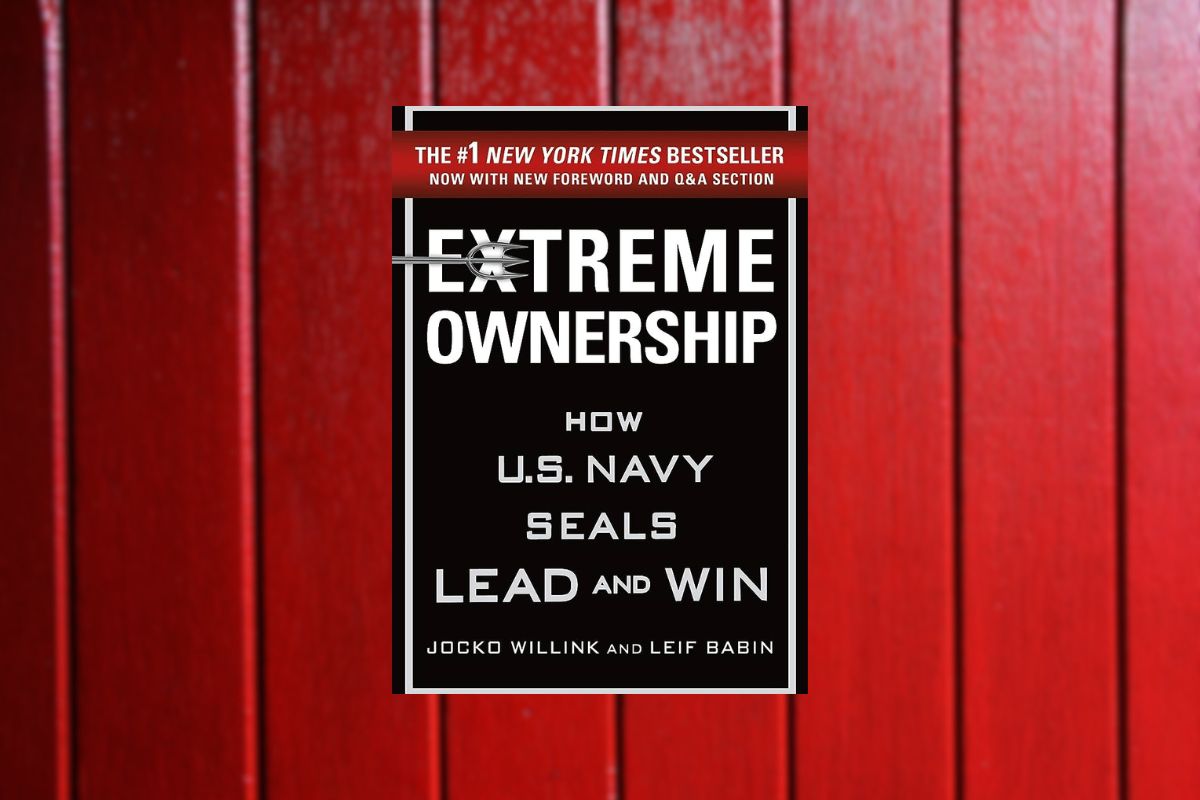This book is all about leadership, tailored for individuals striving for personal and professional growth, seeking to enrich and impact the lives of others. It emphasizes that leadership begins with self-awareness and extends outward to positively influence others. The storyline is build around the SEAL (the United States Navy Sea, Air and Land Teams) combat operations and their lessons learned.
Among the countless books I’ve explored and will explore, this one stands out as my top choice, serving as my go-to manual and personal compass on my journey toward self-improvement, growth, and collaborative success.
I could cite multiple lines from the book, but there are a couple of key ideas that remained in my mind and guide me today through my personal and professional life. Just a glimpse of those ideas, to give you a feeling of what you can expect reading this book:
- “There are no bad teams, only bad leaders.” This statement couldn’t be more accurate. Throughout my career, I’ve inherited numerous projects from previous leaders. However, before diving into process improvements, enhancing customer relationships and refining overall delivery, I always prioritized one crucial step: speaking to the team members. In one particular project I assumed leadership of, the previous leader’s shortcomings had taken a toll on the team. Deliveries were consistently delayed, morale was low, and some team members were even contemplating leaving due to the leader’s harsh and humiliating behavior. When I confronted the former leader about these issues, they deflected blame onto the team. This experience serves as a poignant example of why bad teams are not the problem; it’s bad leadership. Leaders bear the responsibility of nurturing strong, high-performing teams and guiding them towards success.
- “Check the ego”. While ego can serve as a powerful motivator, propelling us to achieve and excel, it can also become a hindrance when it clouds our judgment or leads us to believe we know everything. As individuals rise to positions of power, there’s a risk of viewing others with superiority, neglecting to listen, and losing sight of reality. When personal agendas supersede the team’s goals, the mission suffers. True leaders strive to be competent and confident, but not cocky. This is why it is so important to operate with a high degree of humility and constantly keep your EGO in check.
- “Plan”. The phrase “Plan is nothing, but planning is everything” encapsulates the essence of effective leadership. It underscores the importance of not just having a plan, but continuously engaging in the planning process. At the outset, leaders must ensure clarity on the goal and its significance, communicating this vision to every team member. The plan transcends mere strategy; it encompasses understanding the project’s purpose, identifying key contributors, and decentralizing the planning process to solicit input from the entire team. This entails preparing for contingencies, mitigating risks, and adapting the plan as needed. Effective leadership involves ongoing monitoring and adjustment to keep the project on course until successful execution is achieved.
As I’ve mentioned before, this book resonates deeply with me, and I could easily recite passages from it from beginning to end. However, I encourage you to delve into it yourself, allowing it to serve as your own guide on your leadership journey.
I’m eager to hear your thoughts on the book once you’ve had the chance to read it. Let’s exchange perspectives and insights on how it has impacted our approach to leadership.








